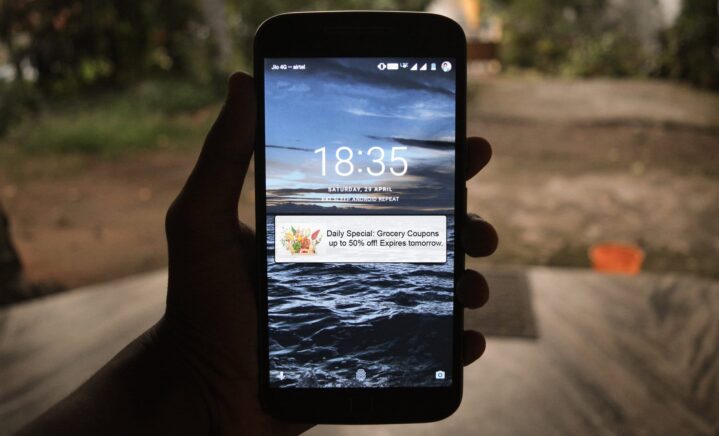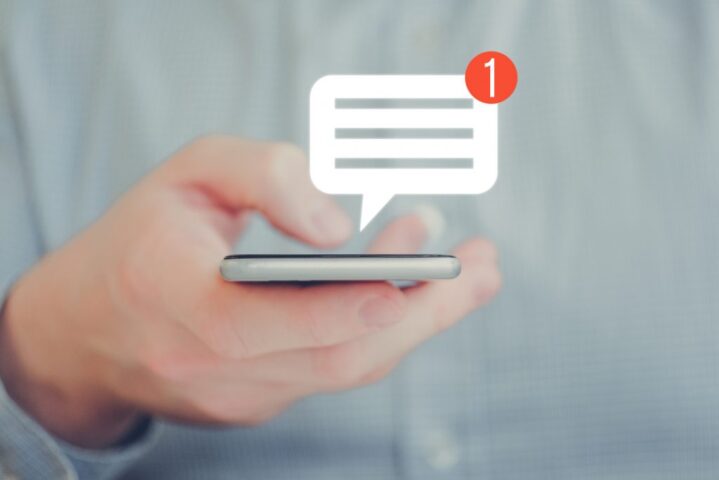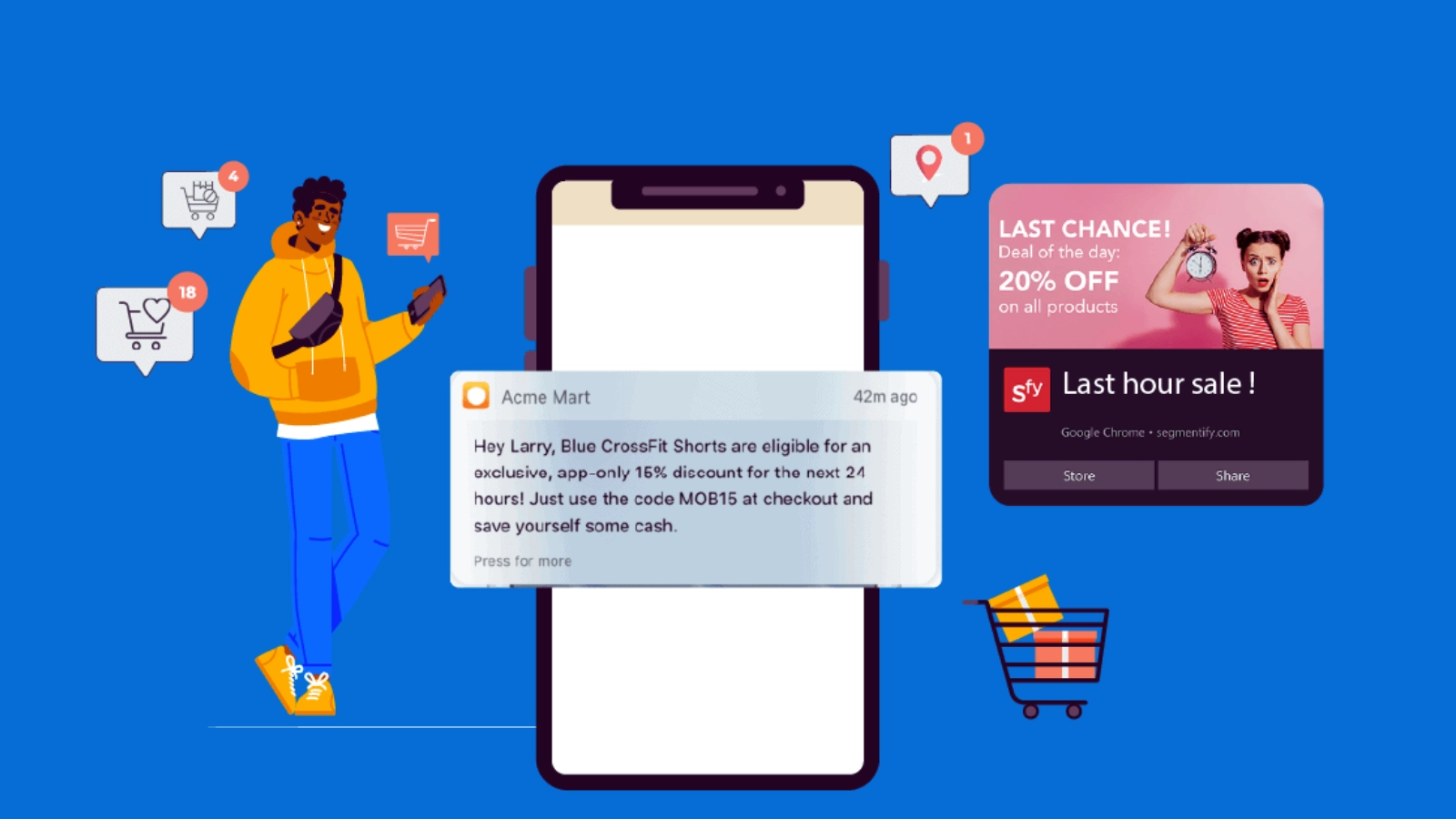Remember when push notifications first became a thing? Most of us got so annoyed with constant interruptions that we just started blocking everything. Websites would hit you with a permission request the second you landed on their homepage, and before you knew it, your device was buzzing nonstop with offers you never asked for. That era gave push advertising a pretty bad reputation.
But here’s what’s changed: the technology has gotten smarter, the targeting has improved, and advertisers have finally figured out that spamming people doesn’t actually work. Push ads in 2025 look nothing like those early attempts. They’re more refined, better timed, and when done right, they can actually deliver some impressive results without making users want to throw their phones out the window.
What Actually Changed in Push Advertising

The biggest shift happened when advertisers stopped treating push notifications like email blasts. Early push campaigns were basically just throwing messages at anyone who’d accidentally clicked “allow” on a permission prompt. The conversion rates were terrible because nobody wants to be interrupted constantly.
Modern push advertising works differently. The technology now allows for serious behavioral targeting, meaning ads only go to people who’ve shown actual interest in similar products or content. Timing algorithms have improved, too. Instead of sending notifications at random hours, platforms can now identify when specific users are most likely to engage. Someone who typically browses shopping sites at 9 PM isn’t going to get pinged at 7 AM anymore.
Browser-based push has also opened up new possibilities. Users don’t need to install an app to receive these notifications, which removes a huge barrier to entry. This means advertisers can reach people across desktop and mobile without requiring any downloads. The opt-in rates have actually gone up because the ask feels less invasive than it used to.
The Technical Side That Makes It Work

Push notifications operate through a subscription model now. When someone opts in, they’re essentially giving permission for specific types of messages from certain sources. For advertisers looking to test this channel, platforms offering push ads have built-in features that respect user preferences while still delivering measurable results. The subscription data gets stored, and then advertisers can segment audiences based on dozens of factors: location, device type, browsing history, time zones, and engagement patterns.
The delivery mechanism itself has gotten more sophisticated. Push ads now support rich media, which means they’re not just plain text anymore. Advertisers can include images, emojis, and action buttons that make the notifications feel more interactive. When someone clicks, they can land directly on a product page, a sign-up form, or whatever the campaign goal happens to be.
What really matters here is the tracking capability. Every notification sent generates data about open rates, click-through rates, and conversion actions. This feedback loop lets advertisers continuously refine their approach. If notifications sent on Tuesday afternoons perform better than Saturday mornings, the system learns that and adjusts automatically.
Why Advertisers Are Giving Push Another Shot
Cost efficiency is a big part of it. Push ads typically run on a CPC or CPM model, but the actual spend tends to be lower than other formats because the audience is already pre-qualified through the opt-in process. You’re not paying to reach people who have zero interest. The ones receiving your message actively chose to see content from that category or site.
The visibility factor can’t be ignored either. Unlike banner ads that people scroll past or native ads that blend into content, push notifications appear directly on someone’s device. They’re hard to miss. Even if someone doesn’t click immediately, they’ve seen your brand name and message. That kind of exposure adds up over time.
There’s also the immediacy angle. Push works incredibly well for time-sensitive offers, flash sales, or limited availability situations. When a notification pops up saying something is 50% off for the next two hours, the urgency is real. Email might sit unread for days, but push gets noticed within minutes.
The Permission Problem (And How It Got Fixed)
Getting people to opt in used to be nearly impossible because everyone had been burned by aggressive notification strategies. The fix came from being more transparent about what users were signing up for. Instead of generic “Allow notifications?” prompts, better practices now involve explaining the value proposition first.
Some sites show examples of the types of messages users will receive. Others offer incentives for subscribing, like early access to sales or exclusive content. The key shift is treating the opt-in as the start of a relationship rather than just a checkbox to get through.
Frequency capping has made a huge difference, too. Platforms now let advertisers set limits on how many notifications one person can receive in a day or week. This prevents the burnout that used to drive people away. When someone only gets one or two relevant messages a week instead of five per day, they’re way more likely to keep their subscription active.
Where Push Ads Work Best

Certain industries have seen better results than others. E-commerce is an obvious fit. Online retailers use push to announce new arrivals, restock alerts, price drops, and abandoned cart reminders. The direct path from notification to purchase page makes the conversion journey really short.
Content publishers have found success, too. News sites, blogs, and media platforms use push to drive traffic to breaking stories or trending articles. Each notification becomes a distribution channel that doesn’t rely on social media algorithms or search rankings.
Travel and hospitality brands are leaning into push advertising because of the time-sensitive nature of deals. A notification about cheap flights to a destination someone’s been researching can trigger an immediate booking. The same goes for last-minute hotel rates or limited-time tour packages.
Even B2B companies are experimenting with push, though the approach is different. Webinar reminders, report downloads, and software trial expirations work well in this format because the audience is already engaged with the brand.
The Creative Strategy That Actually Converts
Writing effective push notifications is its own skill. You’ve got maybe 50 characters for a headline and 120 for the body text. Every word has to count. The most successful campaigns use curiosity without being clickbait, urgency without being desperate, and personalization without being creepy.
Action-oriented language performs better than passive descriptions. “Grab your discount” beats “Sale happening now” in most tests. Including numbers or percentages gives people concrete information to latch onto. Emojis can work if they match the brand tone, but using five of them in one notification just looks unprofessional.
Testing remains critical. Running multiple versions of the same message with slight variations shows what resonates with different audience segments. Maybe one group responds better to price-focused messaging while another cares more about product features. The data reveals these patterns pretty quickly.
What’s Coming Next

The technology keeps evolving. Predictive algorithms are getting better at identifying the exact moment when someone is most receptive to a specific type of message. Personalization will likely get even more granular, with notifications adapting based on real-time context like weather, location changes, or recent browsing behavior.
Privacy regulations are shaping how push advertising develops, too. Stricter rules around data collection and user consent mean platforms have to build trust into the system from the ground up. That’s probably a good thing long-term, even if it makes targeting slightly more complex.
Push ads aren’t going to replace other advertising formats, but they’ve earned their place back in the marketing mix. When done right—with respect for user preferences, smart timing, and actual value in the message—they deliver results that justify the investment. The wild west days of push notifications are over. What’s emerged is a more mature, more effective advertising channel that finally works the way it was supposed to all along.
